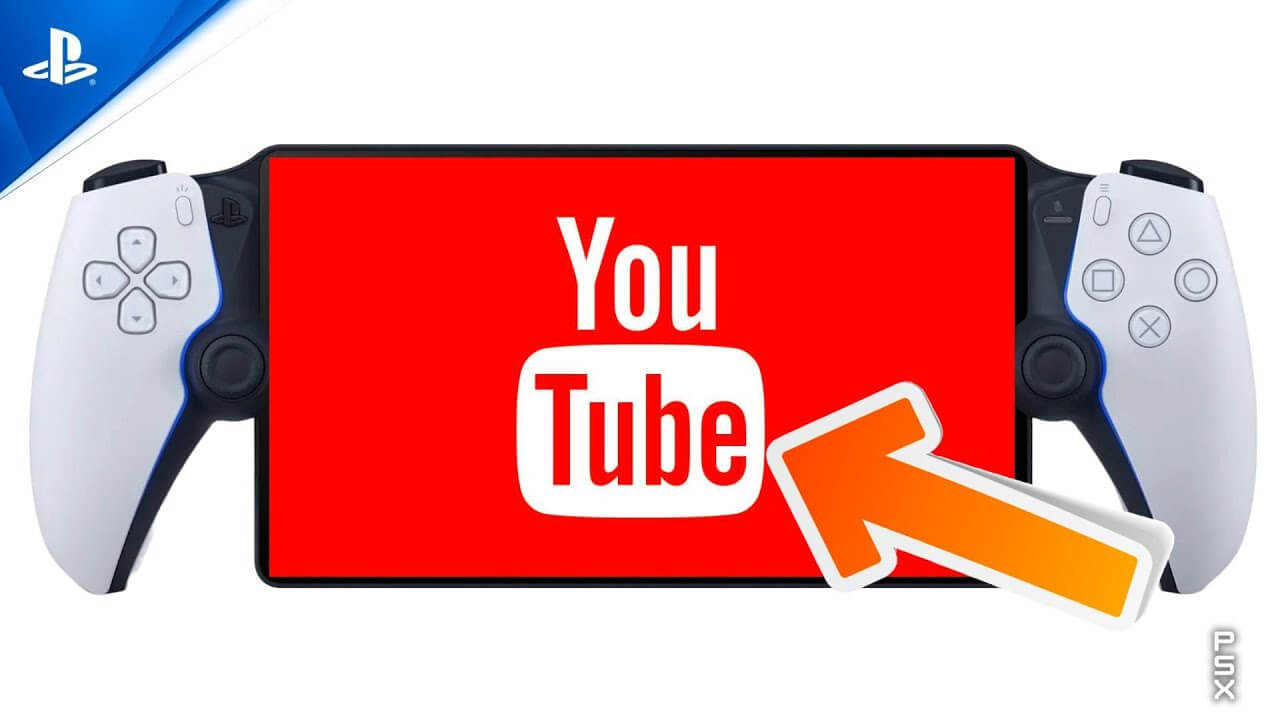Game patching—those periodic downloads that greet gamers at launch screens—keeps titles playable by fixing bugs, improving performance, and, if you’re lucky, tossing in new features or content drops. These updates come through launchers, consoles, or app stores, using clever methods to avoid massive downloads (usually). Of course, a patch meant to squash one glitch can sometimes spawn another—nature of the beast, right? Stick around to discover why patching isn’t just about waiting on progress bars.
Even after a much-hyped game finally hits digital shelves, the work is far from over—enter the world of game patching and updates. Anyone who’s booted up a favorite title only to be greeted by an update bar knows the drill: patches are the behind-the-scenes heroes (or, occasionally, villains) of gaming life.
A game patch is fundamentally a software update, aimed at fixing bugs, improving performance, or, sometimes, sneaking in new content. Developers create these patches to address anything from game-breaking glitches to those tiny annoyances that only speedrunners seem to notice. Sometimes, patches are urgent—security fixes arrive fast to protect player data. Other times, they’re about keeping the experience fresh, adding new levels, characters, or just tweaking that one overpowered weapon everyone complains about online. Patches are essential for enhancing the overall gaming experience, helping developers keep games balanced, fun, and engaging for the entire player base.
Patches aren’t just bug fixes—they’re secret content drops, performance boosts, and the ongoing tune-ups that keep your favorite games alive and exciting.
The way patches get made and delivered depends on the platform. PC gamers often see patches distributed via launchers, while console and mobile players rely on platform-specific systems (think Steam, Xbox Live, or the App Store). Each has its quirks—who hasn’t groaned at a “patching in progress” message just as they were ready to play?
Patch creation isn’t always as simple as it sounds. Developers might use binary patching to update files directly (goodbye, massive downloads), or they might package new content alongside existing files, using sidecar files to point to changes. Unreal Engine users will know the telltale `_p` in patch files, while others might not even notice the technical wizardry happening in the background.
Specialized tools, like GPC, help wrangle these patches, making sure the right files end up on your hard drive. Sometimes, custom patching libraries are used for cross-platform games, and cloud services can swoop in to help distribute files worldwide, faster than you can say, “server maintenance.” Developers typically distinguish between larger patches requiring significant downloads and urgent hotfixes that address critical issues quickly without massive data transfers.
In the end, patches keep games running smoothly, secure from hacks, and packed with new surprises. Well-tested patches mean fewer headaches, though, as every gamer knows, sometimes a patch can break as much as it fixes—cue the patch for the patch.
